Welcome to the dirt side, rookie. Whether you just picked up a brand-new Jeep, a mildly used 4Runner, or your cousin’s suspiciously cheap Wrangler that “only pulls to the right when it’s raining,” you’ve officially entered the world of off-roading.
Before you charge into the Blue Ridge like an overcaffeinated mountain goat, let’s slow things down and make sure you don’t turn your trail debut into a recovery mission (or an accidental YouTube fail).
Here at Virginia Off Road, we love helping folks get started the right way. And by “right,” we mean safely, smartly, and with a good laugh or two along the way.
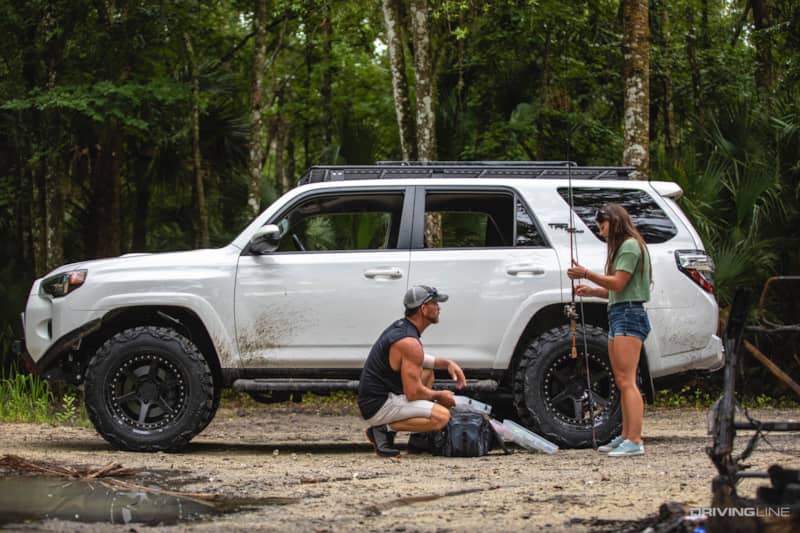
Let’s Talk Safety (Because Cool Stories Don’t Start With “So I Forgot My Jack…”)
Look, off-roading isn’t about seeing who can break something first. It’s about having fun, exploring Virginia’s incredible backcountry, and getting home in one piece. Safety is what keeps your weekend wheeling from turning into a call to your cousin with the trailer.
This is where our Trail Guide comes in. We’ve gone trail by trail across Virginia and created an easy-to-use system with Trail Numbers and a Legend that tells you exactly what kind of vehicle can handle each route. Check it out here: 👉 VA Off-Road Trails & Map
Top 10 Educational Tips for New Off-Roaders in Virginia
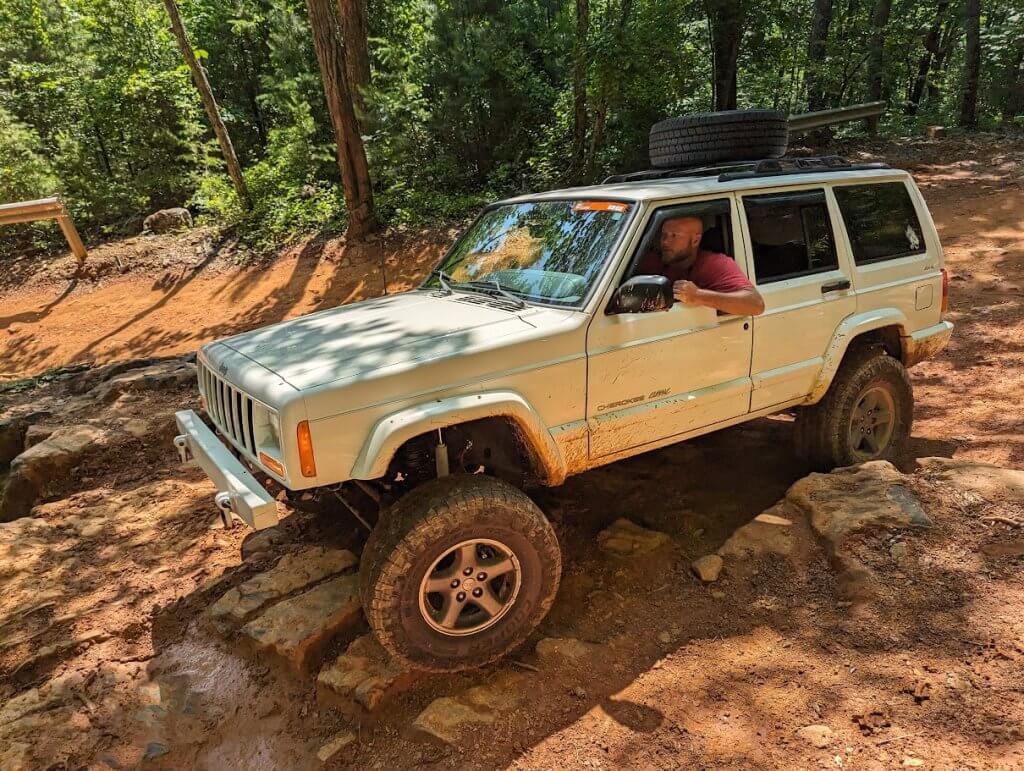
Before you lock those hubs or hit that “Trail Rated” badge with pride, here are our ten commandments of first-time 4-wheeling:
1. Don’t Wheel Alone
Seriously. If your only recovery option is texting your ex because she owns a winch—you’ve made a mistake. Always ride with a buddy vehicle, especially when learning the ropes.
Even if you’re just trying a simple route like Bald Mountain or Flagpole Knob, things can go sideways fast. A flat tire 12 miles into the woods with no signal isn’t the plot twist you want.
2. Know Your Vehicle’s Limits (And Your Own)
Just because your 4×4 has a sticker that says “TRD,” doesn’t mean it’s ready to swim through Broad Run or conquer Bald Mountain. Check your ground clearance, stock tires, and drivetrain. Start with easy trails rated for stock 4x4s.
Use the Trail Number Legend on our Trails Page to match your vehicle with the right trails. Don’t guess—click and learn.
You don’t want your first trip to end with someone yelling, “You’re high-centered!” while you frantically Google what that means.
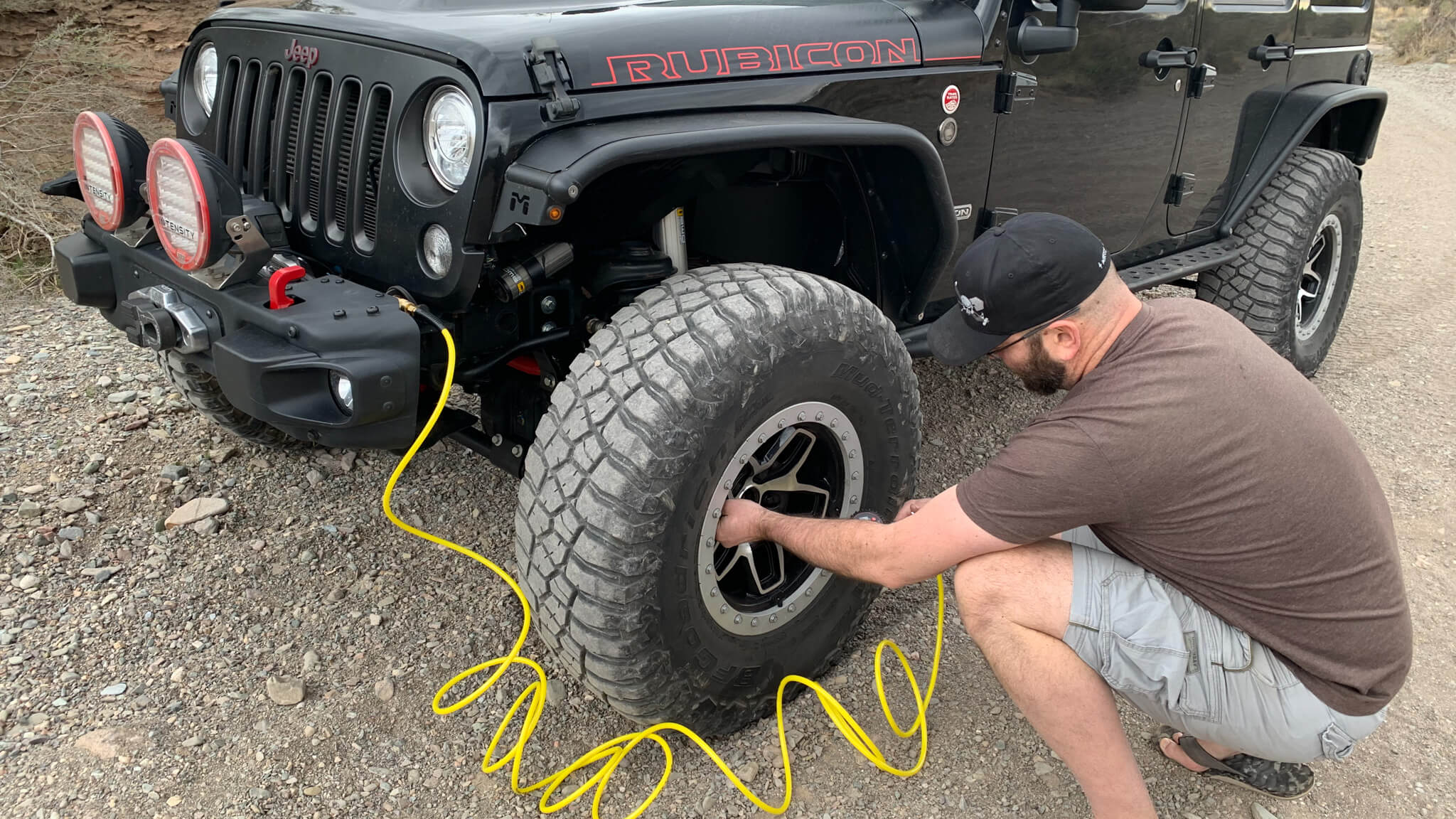
3. Air Down Those Tires
Lower pressure = more traction. 18-20 PSI is usually a good place to start for trail rides. You’ll get a smoother ride and more grip, especially on rocky or rutted terrain.
Just remember to air back up before hitting the highway—or risk finding out what death wobble feels like at 60 mph. And please, invest in a good portable air compressor. Borrowing someone else’s gets old real fast.
4. Use 4WD High vs. Low Properly
4-High is your go-to for light trails and fire roads. 4-Low is for slow, technical stuff like Flagpole Knob, Mountain Lake Trail, or Bobblet’s Gap. Not sure? We’ve got a full article about it right here.
Quick cheat sheet:
- 4-High: gravel roads, snow, sand
- 4-Low: steep climbs, deep ruts, rock gardens
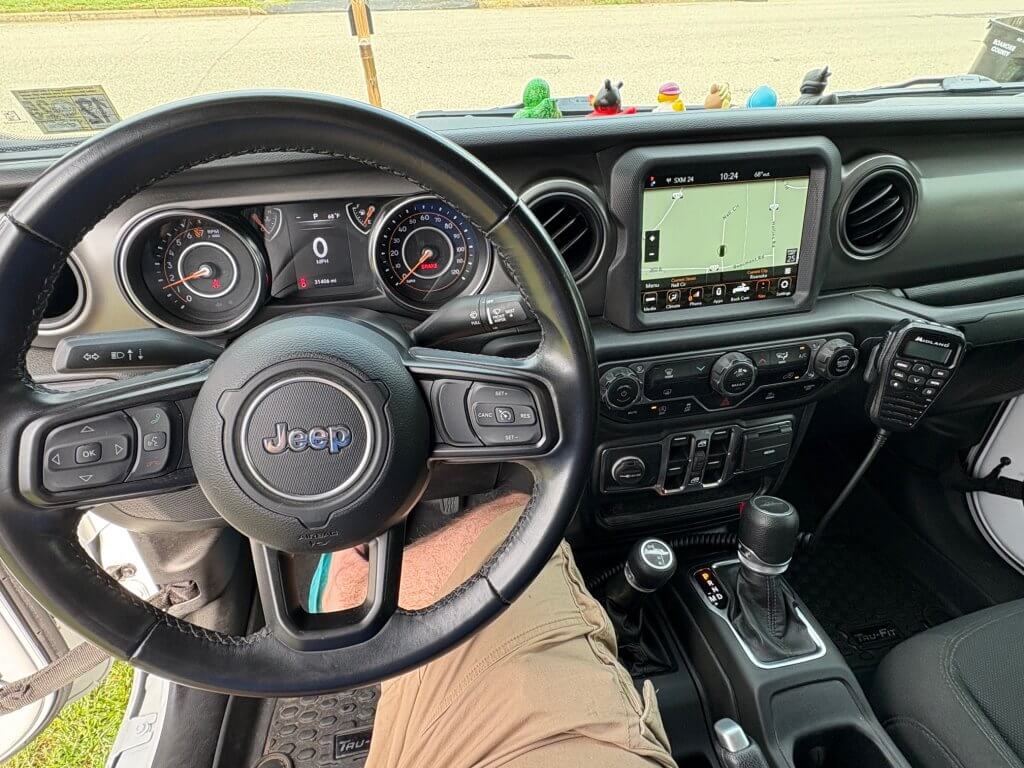
5. Don’t Be “That Guy” on the Radio
CB or GMRS radios are clutch for communication. Don’t clog the airwaves with dad jokes unless you’re at least on trail cleanup duty. Keep it clear, concise, and helpful.
Proper etiquette means calling out hazards, letting the group know when you’re clear of an obstacle, or asking for a spot. Nobody wants to hear about your cat’s diet over channel 16.
6. Recovery Gear Isn’t Optional
Basic must-haves: tow strap, D-rings, jack, shovel, gloves, flashlight, tire deflator, and ideally a buddy with a winch. Recovery tracks are nice. A winch is even better.
The best winch is the one you never have to use. But when you need it, you REALLY need it. Bonus points for knowing how to use your gear properly.

7. Watch Where You Put Your Tires
Off-roading isn’t just pedal-to-metal. It’s chess with rocks. Learn how to pick a line and spot for others. One bad line can leave your undercarriage looking like a crushed soda can.
Look ahead, anticipate terrain changes, and trust your spotter. A few inches left or right can be the difference between crawling over a rock and sliding sideways into a tree.
8. Respect the Trails and the Land
Stay on marked trails. Don’t litter. Don’t “make your own path.” This isn’t Fast & Furious: Appalachian Drift. We fight hard to keep these places open—don’t be the reason a trail gets closed.
Off-roading and conservation go hand-in-hand. Pick up trash. Report illegal dumping. Be a steward of the land so we can all enjoy it.

9. Use the VA Off-Road Trail Ratings
Each trail listed at vaoffroad.org/trails includes a Trail Number from 1 to 10.
- 1–3: Stock 4×4 friendly (think Subaru Outback if you’re feeling bold)
- 4–6: Mild upgrades (tires, lift) recommended
- 7–10: Bring a winch, spare parts, a prayer, and maybe a buddy with a truck and a trailer
These ratings help you know what you’re getting into before you lose a bumper or spend the night with the bears.
10. Ask Questions—We Don’t Bite
Every off-roader was new once. VA Off-Road is a judgment-free community, and we love helping newcomers learn the ropes. Check our forums, join a local ride, or shoot us a message!
We’ve got mentorship programs, ride-alongs, and trail leader guides who love sharing knowledge. The only dumb question is the one you didn’t ask before breaking something.
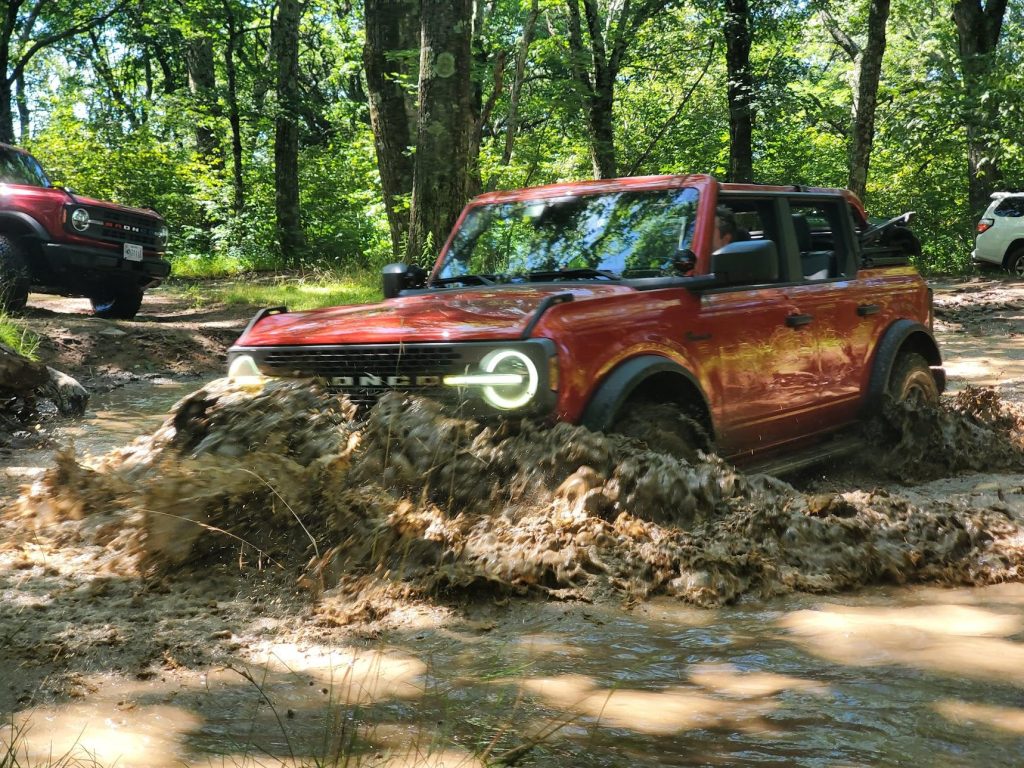
Bonus: Rookie Mistakes to Avoid (You Know Who You Are)
- Forgetting to fuel up. Trails don’t come with gas stations.
- Wearing flip flops. This isn’t a Jimmy Buffett concert.
- Bringing no snacks. You’ll turn into a hangry Sasquatch by mile six.
- Leaving your recovery gear at home to “save space.” Nope.
- Overestimating your rig’s capabilities. Ego flips easier than your 2-door.
Real Virginia Trails, Real Adventure
Virginia has an incredible variety of off-road trails, from scenic ridge lines to deep-woods rock crawls. Our guide includes:
- Flagpole Knob: Gorgeous views, beginner-friendly options, and a great intro to trail riding.
- Broad Run: Mud, rocks, and the occasional surprise tree root. Know before you go.
- Bald Mountain: Classic ride, easy to moderate difficulty, lots of history.
- Mountain Lake Trail: Beautiful and serene with technical surprises.
- Bobblet’s Gap: Short, steep, and sweet. Best attempted with a spotter.
All trails are assigned a number and rating. Use the legend to determine if it suits your ride. No guessing, no surprises (unless you like those).
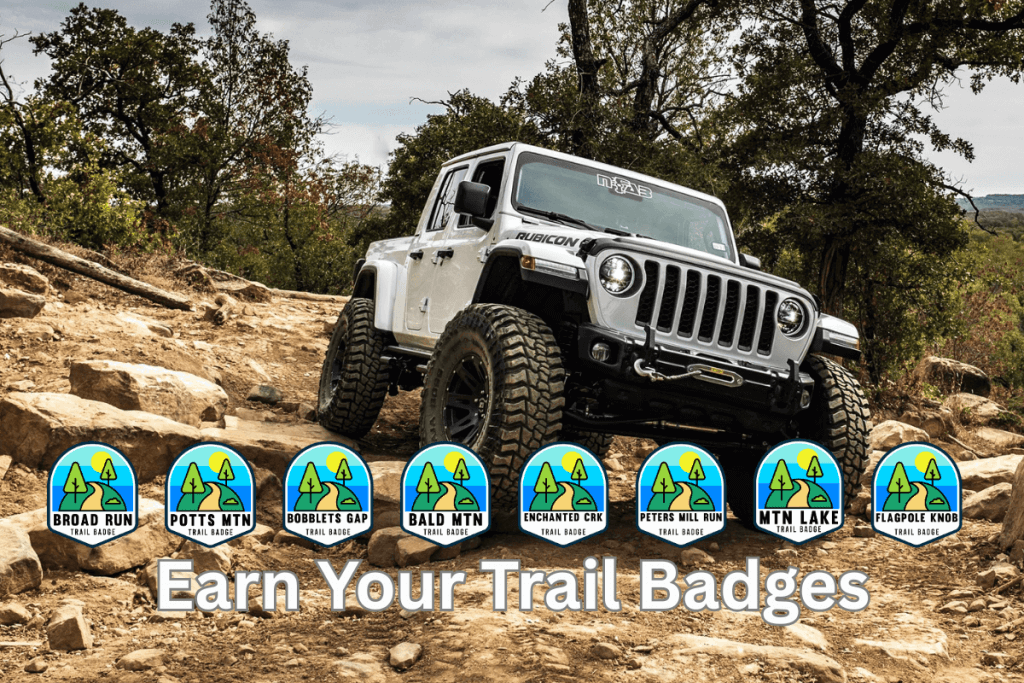
Community, Camaraderie, and a Little Dirt Never Hurt
The off-road community in Virginia is unlike anything else. You’ll meet welders, nurses, teachers, first responders, and maybe even a cryptid hunter or two. Everyone comes together for one purpose: to hit the trail, challenge themselves, and make some muddy memories.
Virginia Off Road is proud to offer:
- Organized rides and group runs
- Off-road safety and etiquette training
- Trail clean-up events
- Local meetups and workshops
- Educational badges and giveaways
Final Thoughts: It’s About the Journey (and the Jeep Jokes)
Off-roading in Virginia isn’t just a hobby—it’s an adventure, a family, and a lifestyle. With trails that twist through mountain ridges, snake past waterfalls, and test both your rig and your grit, there’s nothing else like it.
But smart off-roaders know that the best trips start with preparation and end with stories, not tow bills.
So whether you’re cruising Bald Mountain or conquering Flagpole Knob, remember: keep the shiny side up, the rubber side down, and your VA Off-Road Trail Guide handy.
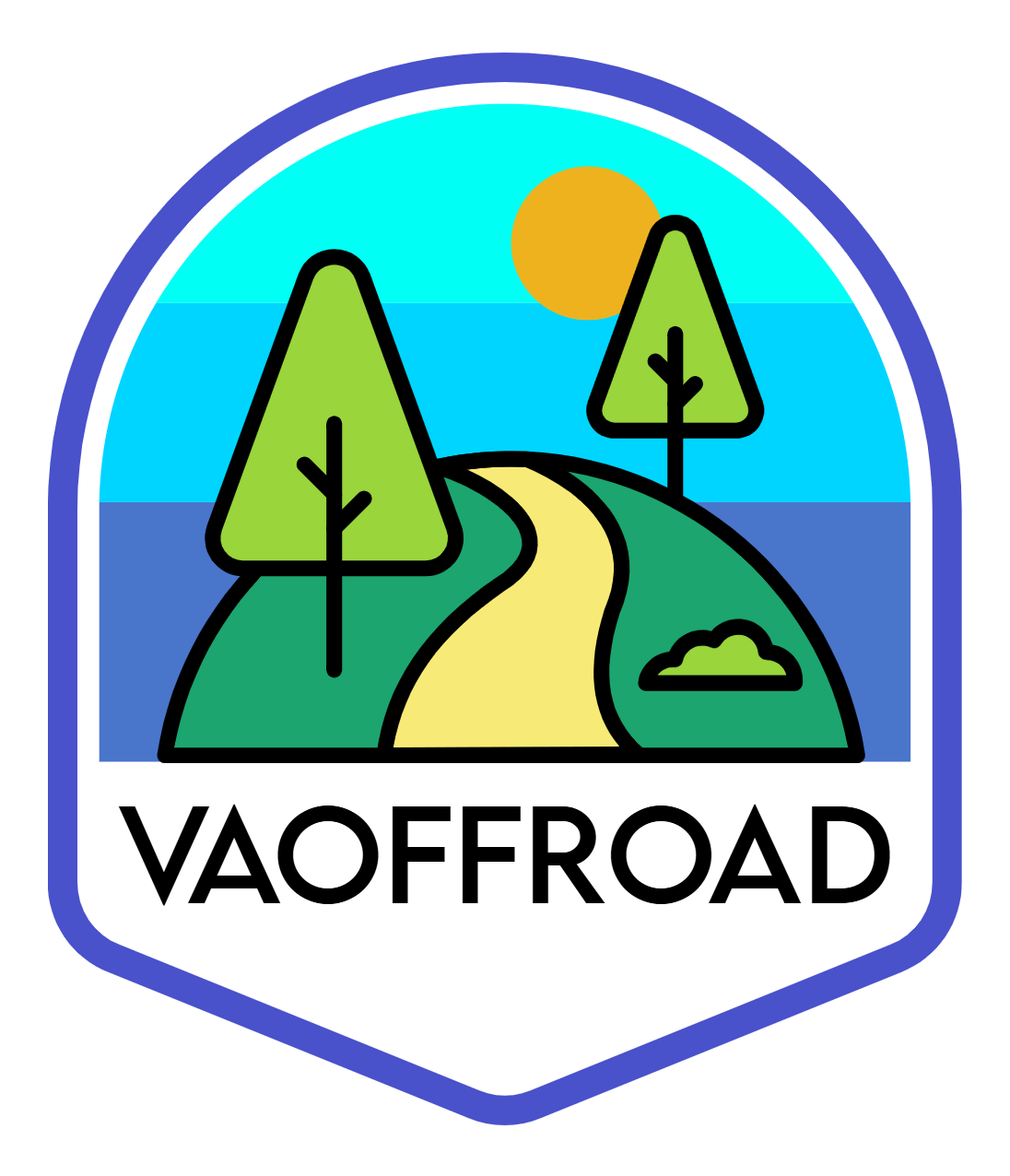
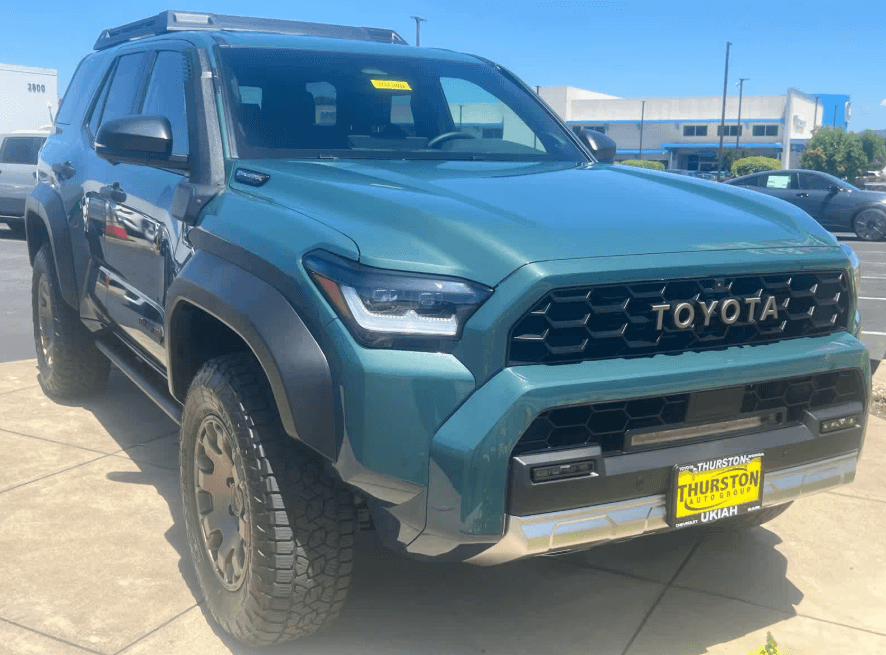


No responses yet